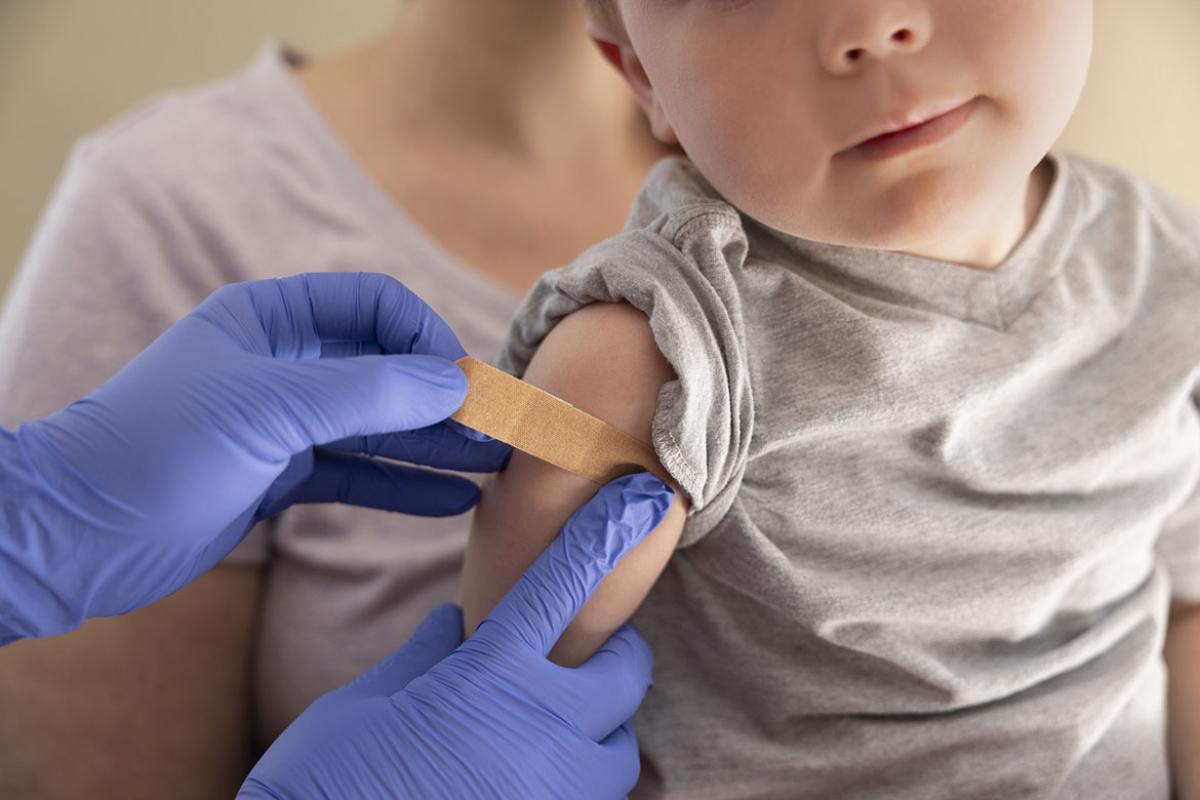Embracing harm reduction in the emergency department
“We keep a stock of naloxone for anyone who wants it,” said Aneesh Narang, MD, explaining the importance of making sure those who overdose on opioids have immediate access to the lifesaving antidote, naloxone. “While prescribing naloxone is important, getting it directly into the hands of people at risk of overdose makes it more likely lives will be saved.”
Dr. Narang, who is the assistant medical director for the Department of Emergency Medicine at Banner University Medical Center-Phoenix (BUMCP), worked with the Arizona Department of Health Services (ADHS) to obtain a supply of naloxone that is kept in the ED. “We want to make it as easy as possible, so we trained our nurses and physicians to ask every patient at risk of overdose if they want to leave the ED with a naloxone rescue kit.”
Greater ability to distribute naloxone is essential because of the increased potency of illicit opioids which often contain fentanyl, according to Daniel Brooks, MD, Medical Director; Banner Poison & Drug Information Center at BUMCP. “While emergency departments are 24/7, most pharmacies are not. Distribution right at the point of patient-physician contact makes the most sense.”
Arizona, like nearly every other state, has seen significant increases in drug-related overdoses. According to provisional data from the Centers for Disease Control and Prevention, from February 2019 to February 2021, deaths related to illicit fentanyl increased from 564 to 1,577; and deaths related to methamphetamine and other psychostimulants increased from 625 to 1,117. Deaths related to prescription opioids marginally increased from 310 to 316.
In addition to training all of the staff in his emergency department, an ED nurse created a one-page information sheet for patients, Dr. Narang signed a standing order for naloxone distribution, and a future goal is to standardize provider distribution of naloxone by incorporating it into an EMR order set.
Talk to patients about naloxone
“Harm-reduction efforts like these should not be as complicated, or time-consuming, if we engage in educating health care providers and patients, and use existing resources like a shared EMR system. Unfortunately, we simply haven’t caught up with the times yet,” said Dr. Narang. “We have to normalize access to naloxone; it saves lives and they can get it from their physician.”
Drs. Narang and Brooks both highlighted that prescribing naloxone to patients at risk of overdose is not just for people who use illicit drugs.
“In the poison control center, it is not uncommon to field calls about accidental pediatric ingestion of prescription medications, including opioids,” said Dr. Brooks. “Naloxone is a preventive medication for those at risk of overdose. We have to do a better job to remove the stigma of receiving naloxone and other harm-reduction supplies.”
Looking ahead, Drs. Brooks and Narang are working with ADHS to distribute fentanyl test strips from the emergency department and other sites. This comes after the federal government said states could use grant money to purchase fentanyl test strips, and Arizona recently changed the law to decriminalize the strips. The Arizona Medical Association and the American Medical Association both supported the change in law.
Dr. Brooks also pointed to a new effort in Arizona for ambulances to display advertising for the Arizona Opioid Assistance and Referral Line, a 24-hour hotline to obtain naloxone, answer questions about medical treatment and provide other resources.
“We have a lot of work to do to save lives,” said Dr. Narang. “The emergency department is where I can make a difference, so that’s where I’m putting in my time.”
The AMA believes that science, evidence and compassion must continue to guide patient care and policy change as the nation’s opioid epidemic evolves into a more dangerous and complicated illicit drug overdose epidemic. Learn more at the AMA’s End the Epidemic website, where a version of this article was initially published.
The End the Epidemic website was recognized by the Academy of Interactive and Visual Arts. As part of that organization’s 27th Annual Communicator Awards, End the Epidemic was honored with an Award of Excellence in the Cause & Awareness website category.




